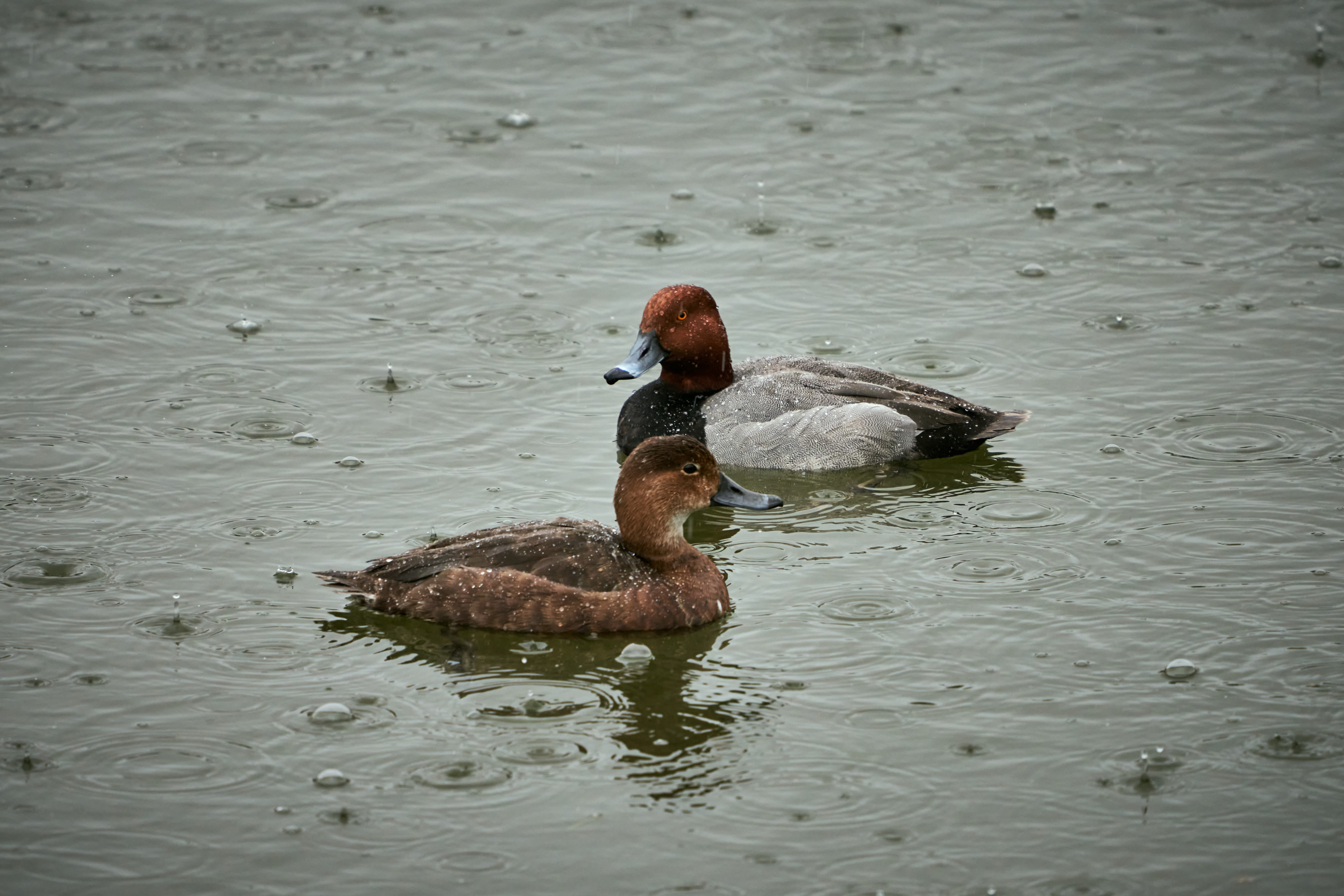It's a hot summer evening, the birds and frogs are vocal in the wetland, and the air is heavy with moisture. It's the kind of day which could turn into a thunderstorm real quick, but the sun is still shining low in the sky, so you stay outside. The bugs are flying over the water, illuminated by the sunset against the deep green of the reeds along the shoreline. You've been waiting for the great blue heron to show up to feed at his usual time, but with the light fading, you may have to try again another day. But then you hear the soft beating of wings seconds before the majestic bird touches down in the marsh. Staying composed, you move into position, frame up the shot, check the settings, and fire off a few rounds of photos before the sun sinks below the horizon.
 Solitary Sandpiper (not a duck or a heron, but a neat wetland bird)
Solitary Sandpiper (not a duck or a heron, but a neat wetland bird)
It's scenes like these that I wanted to get into shooting wildlife photography. The tranquility of being outside on a beautiful day and walking away with a photo worthy of printing out is a tremendous feeling. But the patience and technique is a learning process that I didn't anticipate would be as difficult as it is for an already experienced photographer. So after my first several failed outings of not finding much wildlife, ending up with birds with blurry wings, or just plain poor lighting, I decided to give myself a more attainable goal than finding a rare species and selling tons of prints.
 Female Common Merganser
Female Common Merganser
I wanted to find and photograph all the different duck species we have living in Southern Alberta. Ducks may not seem very exciting, but there are plenty of them in the area, giving me ample opportunity to refine my skills and work on good technique. And as I build out my collection, I realize that some of the ducks we have are fascinating with the different colour patterns! And as I see more of the same birds with better lighting and locations, I can "replace" the older photos in the collection.
 Male Mallard in the Morning Sun
Male Mallard in the Morning Sun
Take the mallard, for example: found everywhere in urban parks and bodies of water all around the province, but when the sun hits the feathers on a male's head just right, it turns a beautiful iridescent green that can either match or contrast its surroundings with incredible vividness.
Certain species are more sought after than others and will require road trips to specific sites to attempt a photo of them. Take the wood duck, for example, with elegant plumage and many different colours and patterns across its entire body. Or the northern pintail, with its elegant swooping lines and exotic blue beak, these types of ducks are more challenging to track down but give the reward of something a bit more exotic close to home.
 Male and Female Red Head Ducks
Male and Female Red Head Ducks
The idea behind this challenge I've set for myself is not to have it finished by the end of our wildlife month at McBain but use this theme as a motivator to get going on a project and keep it flowing through the summer and potentially over the years. And when I visit the areas where these species might be present, there's no doubt I will also run into other animals of interest, which are just a nice bonus for the wildlife portfolio! I'm beyond excited to start adventuring into new areas and creating my own collection of images. I urge you to find something that excites you about wildlife photography to get out and start shooting!
All photos taken by the author.